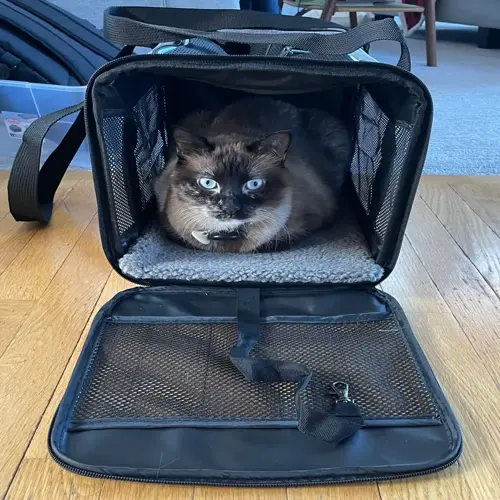What are alternatives to clickers?

Written by
Elin Eriksson
Reviewed by
Prof. Edward Clarke, Ph.D.Due to sound sensitivity, many cats benefit from using clicker alternatives. The sharp noise can sometimes frighten felines, making training counterproductive. Fortunately, several effective markers exist that produce similar results. I've been successful in training noise-phobic cats using these techniques, where progress was not impeded.
Verbal Signals
- Use consistent words like 'yes' or 'good' as markers
- Keep tone identical each time for recognition
- Pair immediately with treats for association building
Visual Cues
- Flashlights work for cats with good vision
- Use brief light bursts instead of clicks
- Ensure consistent brightness and duration
Tactile Options
- Vibrating collars provide subtle physical cues
- Set to lowest intensity to avoid startling
- Pair vibrations precisely with desired actions
Use alternatives with the same timing principles as clicker training. Mark desired behavior within 0.5 seconds. Immediately reinforce with a high-value reward. Consistency of reinforcement is more important than the type of marker used. Most cats adapt to the new markers in three sessions if reinforcement is consistent.
Move from clickers smoothly if required. Initially, introduce the new marker with a click. Phase out the use of the clicker over several trial sessions. For hand signals, these should be visible gestures at the cat's eye level. This avoids confusion during the changeover when handling the signal.
These alternatives give other advantages in addition to sound sensitivity. Visual markers are best for cats with hearing impairments. Tactile options are most effective in noisy environments. Spoken commands facilitate communication between humans and cats. Choose what suits the needs of your cat as well as your training style for the best results.
Read the full article: Cat Clicker Training: The Complete Guide

